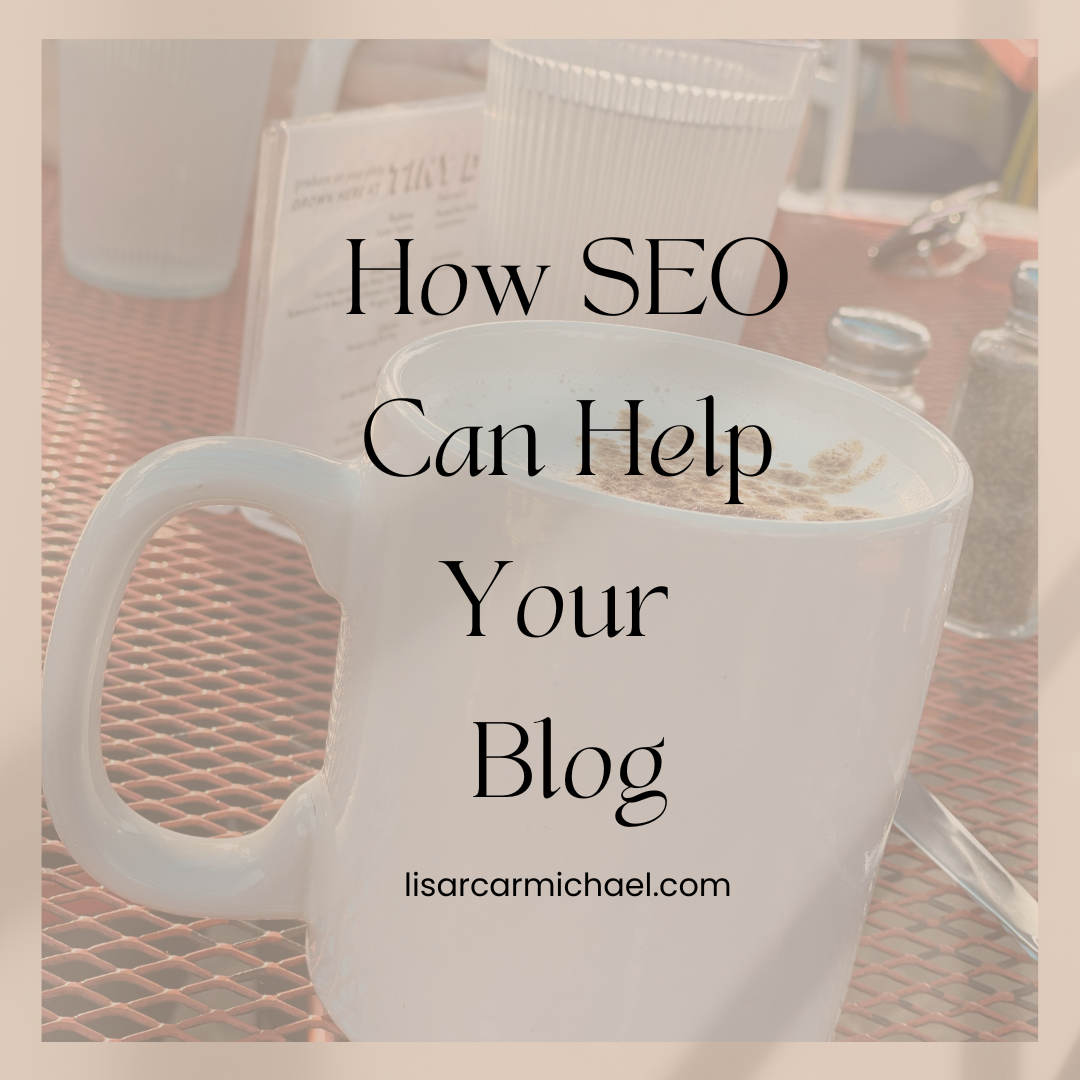As a female entrepreneur, you know the importance of having an online presence. But what you might not realize is that your blog can be a powerful tool to help you build that presence—if you use SEO. Blogging helps boost SEO quality by positioning your website as a relevant answer to your customers’ questions. Blog posts that use a variety of on-page SEO tactics can give you more opportunities to rank in search engines and make your site more appealing to visitors.
SEO, or search engine optimization, is the process of optimizing your website so that it will rank higher in search engine results pages (SERPs). This is important because, as we all know, people rarely go past the first page of Google results. If you want people to find your blog, it needs to be on that first page. And that’s where SEO comes in.
There are two types of SEO: on-page SEO and off-page SEO. On-page SEO refers to the content and HTML source code of your web pages that influence your ranking on Google. This includes things like title tags, meta descriptions, header tags, keyword density, and image alt text. Off-page SEO refers to backlinks—links from other websites that point back to yours—and social signals, which are social media interactions like likes, shares, and comments. A strong SEO strategy can help you attract more organic traffic, which is the free traffic that comes from people finding your content through a search engine like Google.
There are a number of things you can do to optimize your blog for search engines. Here are just a few:
1.Do your keyword research.
Keywords are the words and phrases people use when they’re searching for something online. If you want your blog to show up in those search results, you need to use those keywords throughout your blog post—in the title, in the body, and in the tags and meta descriptions. But beware! Stuffing too many keywords into your blog post will actually hurt your chances of ranking high in SERPs. Balance is key; aim for one to three keywords per blog post. Plus when you include a keyword so many times that it sounds unnatural.
Meta descriptions are another area Google crawls to determine search rankings. Meta descriptions are the one- to three-sentence descriptions, you’ll find underneath the title of a result.Google Trends can also give you a feel for what keywords are popular.
Optimizing your website with SEO will help you rank higher in Google search results, which means more people will see your blog posts when they search for certain keywords or topics. If you want people to read your blog post, you need to make sure it shows up when they Google the topic!
2.Make sure your blog is mobile-friendly and visually appealing.
More and more people are using their smartphones and tablets to access the internet, so it’s important that your blog can be easily viewed on those devices. Google ranks mobile-friendly websites higher in its SERPs, so this is one way to get a little boost. Add an image along with posts because people love visuals! Use photos and videos. Adding an image or video along with your blog post can make it more interesting and engaging—and more likely to be shared on social media sites like Facebook and Twitter. And when your content is shared, that helps build brand awareness and improve your SEO–meaning higher rankings.
Structure your posts with subheadings and optimize your images. Subheadings not only breaks up blocks of text, but it helps search engines understand what your post is about. Be sure to include alternate text (aka “alt text”) with each image so Google knows what your image is about. To do this on a WordPress blog, simply click on the image in the post editor and add your text in the “Alternate Text” field. Your alt text should be short (1-2 sentences) and describe what’s in the image, as well as how it relates to the rest of your post.
3.Promote your content.
Once you’ve published a new blog post, make sure to promote it across all of your social media channels. Facebook, Twitter, and Instagram are obvious choices, but don’t forget about LinkedIn, Google+, and Pinterest, too. And once you’ve posted it to your channels, make sure to include share buttons so that your followers can easily share it with their own networks. You can also submit each new post to social bookmarking sites like Medium, Reddit, and StumbleUpon or submit it to Google My Business for even more exposure. By taking a few extra minutes to promote each new blog post, you’ll significantly increase your chances of driving traffic back to your site.
Of course, promoting your blog posts doesn’t stop once you’ve published them—you also need to make sure you’re regularly sharing old posts on social media and responding to comments and questions. Nothing strengthens a blog post like a backlink from influential websites. Linking to other pages or blog posts on your website helps search engines create an accurate sitemap. It also helps your audience discover more of your content and get to know you as a trustworthy, credible source of information. Meanwhile, internal links to your other valuable content will keep readers on your site longer, reducing bounce rate and increasing your potential for a conversion.
Strategically promoting individual blog posts on paid platforms like Facebook Ads or Google AdWords will increase more attention and guarantee more exposure.
4. Monitor your traffic.
Keep an eye on how much traffic each blog post is getting with Google Analytics or another web analytics tool. This will help you understand which topics are resonating with readers and which ones aren’t so that you can adjust accordingly. Not only will this help improve the quality of your content, but it will also give you an idea of what kinds of content generate the most interest—and help improve your SEO as a result.
By tracking your traffic and engagement data, you can gain invaluable insights into what works and what doesn’t—and make sure that your content strategy is always on point.
If you want people to find your blog and read it regularly, invest some time in learning about and implementing SEO best practices like these. It takes some effort, but it’s worth it—especially when you see your blog posts begin ranking higher in SERPs. Plus, by following these tips, you’ll not only improve your SEO, but also make your blog more user-friendly—and isn’t that what we all want?
Thanks for following along. For more useful content like this, subscribe to my email series!

Lisa Carmichael. Owner & Creator EPIK Mastermind
https://lisarcarmichael.com






Leave A Comment